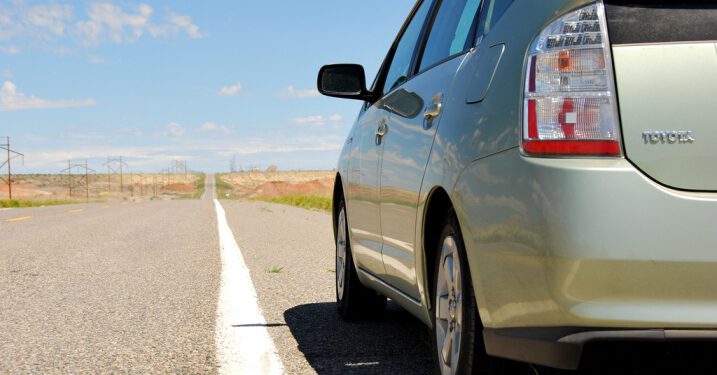Ionut Budisteanu has developed a driving system for autonomous cars with a price much lower than the Google project. The results in the tests have been very satisfactory
Recently the project manager of Google Cars published in the official blog of the company the latest news about his autonomous driving system. On your way to predict and bring the autonomous cars and fully confident, the test vehicles have so far covered more than a million kilometers.
The company’s efforts are now focused on recognize obstacles and learn to drive autonomously in the city. As they indicate, a mile in the city is a lot more complicated than a mile on the highway. But thanks to what has been learned to date, the system is already able to detect thousands of different situations and hundreds of objects simultaneously to offer an adequate response to any eventuality.
The Google project has of course great economic support of the search engine. But it is not the only initiative of a large company that seeks to improve road safety through autonomous systems. Companies such as Volvo, Nissan or the tire brand Continental are working on creating their own autonomous systems.
However, today we present a self-driving car system created by a 19-year-old Romanian student. With this project, Ionut Budisteanu achieved the first Gordon E. More Award from the Intel International Science and Engineering Fair valued at $ 75,000.
Ionut Budisteanu’s curriculum shows that this is just one of the many awards he has won in his meager 19 years, so there is no doubt that a promising future awaits him.
A low cost autonomous driving system
As Ionut himself explains, one of the handicaps of the Google system is the high price that each unit could achieve. Google bases its system on a high-resolution 3D radar that costs about $ 75,000. To this must be added the rest of equipment. The autonomous system developed by Ionut will cost a total of about $ 4,000.
To achieve lower costs, the Ionut system uses the image processing of webcams installed in the car using artificial intelligence. This allows you to identify lanes, pedestrians, curbs and objects such as soccer balls in the middle of the road. To this system, it is added a low-resolution 3D radar it allows you to recognize larger objects such as cars, houses and trees. All the information captured by both systems is processed and analyzed in real time by the computer that has incorporated the vehicle.
To test the system, Ionut tested 50 simulations to see if the vehicle detected obstacles and reacted correctly. In 47 of the 50 tests submitted, the system responded correctly and in only 3 cases the system failed to recognize pedestrians more than 20 meters away.
Autonomous driving systems are advancing rapidly but with a firm step and in a few years will begin to legislate laws to allow the circulation of the first units as has already done the state of Nevada. But until this happens, the teams behind these projects they must demonstrate that they far exceed the capabilities of people in all circumstances and situations. Authorised systems shall be those which, regardless of their cost, are the safest and most reliable. Regardless of the reliability that the system developed by Ionut ends up demonstrating, it is a real example of anyone, with desire, knowledge and effort can change the world if they want.
Image NBC News









